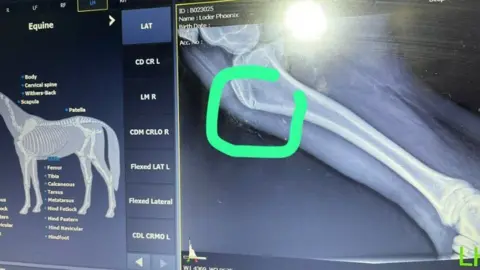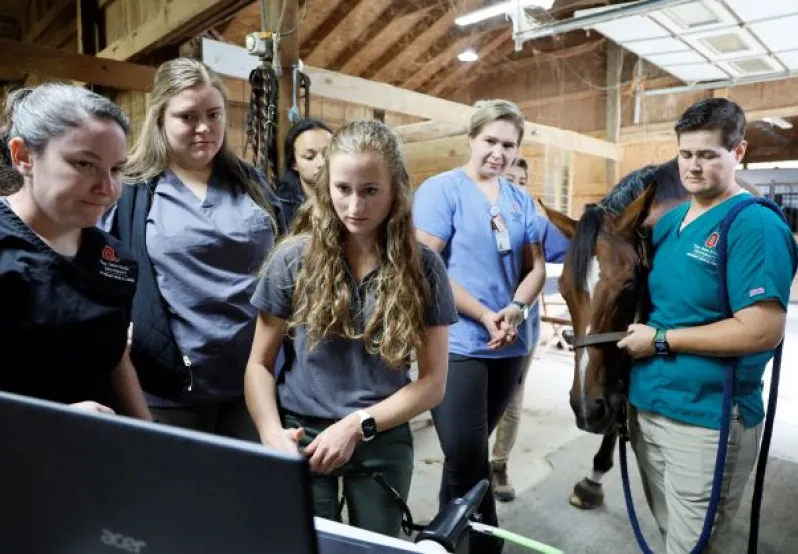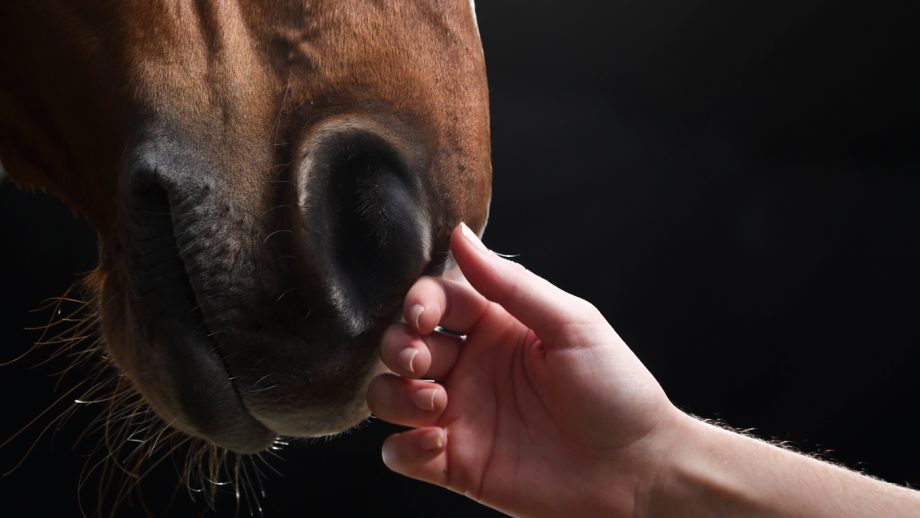The topic of horse broken leg euthanasia sparks debate and emotion, but it’s grounded in biological and medical reality.
Throughout history, horses have symbolized strength, grace, and loyalty. From battlefields to racetracks, they have played an integral role in human civilization. Yet, one troubling and often misunderstood practice continues to shock many people: when a horse breaks its leg, it is usually euthanized. This fact raises important and often emotional questions—why are horses killed when they break a leg? Can’t they be treated? Isn’t there a way to save them like we do with humans?
To understand this, we need to look at the biological and structural uniqueness of the horse. Horses are not just powerful animals—they’re also incredibly delicate when it comes to their legs. Their bodies are built for speed and agility, not for injury recovery. A horse’s leg is long, slender, and designed to support massive weight in motion. Unfortunately, this also means that a break—especially a complex or open fracture—can have devastating consequences.
One of the main challenges in treating a horse with a broken leg is its inability to rest weightlessly. Unlike humans or even other animals, horses cannot lie down for long periods without serious complications. Their large body mass makes prolonged lying dangerous for their circulation and lungs. A horse must stand—and stand evenly on four legs—almost all the time. When one leg is injured, the remaining legs carry too much weight, leading to fatigue, injury, and potentially fatal conditions like laminitis (an inflammation in the hoof of the opposite leg).
Even with advanced veterinary medicine, treatment is not always possible. Healing requires immobilization, which horses often resist. The stress, pain, and isolation during treatment—sometimes over many months—can severely affect their well-being. The costs of surgery and long-term care are enormous, often with no guarantee of success. In many cases, euthanasia is chosen not out of cruelty, but as a form of mercy to spare the animal prolonged suffering.
It’s important to understand that this decision is never taken lightly. Veterinarians and horse owners must assess many factors: the severity of the fracture, the horse’s temperament and pain tolerance, and the chances of a full recovery. In racing and equestrian sports, where the risk of leg injuries is high, these discussions are all too common—and always painful.
In this article, we’ll explore the full truth behind this difficult subject. We’ll explain the medical and ethical reasons behind euthanizing a horse with a broken leg, examine advances in veterinary care that may offer hope for the future, and share real-life stories that show the complexity of these decisions. Whether you’re a horse lover, a curious reader, or someone concerned about animal welfare, this article will help you understand why this practice exists and why it’s not as simple—or as heartless—as it might first seem.
The Unique Anatomy of a Horse’s Leg
To understand why horses are often euthanized when they break a leg, it’s crucial to recognize how fragile their limbs actually are. Despite their strength and size, a horse’s legs are built for speed, not durability. The bones in a horse’s lower leg are slender and lightweight, supporting the animal’s body weight while allowing it to run at high speeds. However, this specialization makes the legs prone to catastrophic failure if injured.
When a horse suffers a leg fracture, especially a complex or compound one, the injury becomes life-threatening. These fractures are extremely difficult to stabilize due to the horse’s weight and size. Unlike smaller animals, horses cannot easily be confined or forced to rest without triggering stress and health complications.

Weight Distribution and the Danger of Laminitis
Horses are naturally designed to stand and walk on all four legs almost constantly. When one leg becomes unusable, the remaining legs take on more pressure, which quickly leads to complications. One of the most dangerous outcomes is laminitis, a painful and often fatal inflammation of the soft tissue inside the hoof. Laminitis can develop in the opposite limb due to overcompensation and prolonged stress.
This condition is not only excruciating but can result in further breakdown of tissues, ultimately necessitating euthanasia even if the original broken leg begins to heal. The biological clock is ticking from the moment the fracture occurs, and every hour that passes without proper balance puts the horse at greater risk.
In many cases, horse broken leg euthanasia is not about giving up—it’s about preventing extended suffering from complications like laminitis.
Treatment Challenges: Why Recovery Isn’t Always Possible
Modern veterinary medicine has come a long way, and in some cases, horses with broken legs can be saved. However, treatment requires expensive surgeries, extended hospital stays, and a specialized recovery environment. Horses must be kept still for weeks or even months, often in slings or supportive frames that allow them to stand without putting pressure on the broken limb.
Even with these supports, the stress on the animal can be intense. Horses are social, active creatures, and long periods of immobility can lead to depression, colic, and other complications. Additionally, not all fractures can be repaired, and the success rate drops dramatically with compound fractures or when the break occurs near a joint.
Owners often struggle with the decision, but horse broken leg euthanasia is sometimes the most humane and medically responsible path forward.

Cases from the Racing World: The Reality Behind the Headlines
The racing world has seen many high-profile cases of horses being euthanized due to broken legs. One of the most famous was “Barbaro,” a Kentucky Derby winner who shattered his leg in 2006. Despite groundbreaking surgery and months of intensive care, complications developed in his other leg, and he was humanely euthanized in early 2007.
While these cases often spark public outrage, they also highlight the harsh reality: not every horse can be saved, and trying to do so may lead to prolonged suffering. On the other hand, there have been success stories—horses that survived and went on to live comfortable lives, albeit usually retired from racing or heavy work.
Is Euthanasia the Only Option?
Euthanasia is not the first choice, but it is often the most humane one. Veterinarians assess the situation based on pain level, chance of recovery, and overall quality of life. If the prognosis is grim and the horse is suffering, humane euthanasia becomes the most ethical route.
The process itself is designed to be peaceful and painless. A high dose of anesthetic is administered, putting the horse into a deep sleep before stopping the heart. This method is widely accepted in veterinary circles as the most compassionate end to untreatable suffering.
Despite the inevitability in many cases, not all situations lead to horse broken leg euthanasia. Advances in surgery and care provide new hope.

Hope on the Horizon: Advances in Equine Medicine
Despite the grim reality in many cases, advancements in veterinary care are creating new hope. Surgical implants, 3D-printed prosthetics, improved pain management, and better post-operative care are increasing the odds for some injured horses. Specialized clinics in countries like the U.S., U.K., and Germany are now equipped to handle complicated fractures under strict conditions.
Nonetheless, these treatments come with high costs and are not accessible to every horse owner. Ethical concerns also arise: Is it fair to extend life if it means the animal will endure months of discomfort or never walk normally again?
A Difficult Decision Guided by Compassion
Ultimately, the question “Why are horses killed when they break a leg?” is not one of cruelty, but of compassion. While the answer may seem cold or unforgiving, it is often the kindest choice in an otherwise tragic situation. Every horse deserves a life of dignity and freedom, and when that’s no longer possible, letting go is sometimes the last act of love an owner can give.
Understanding why horses are often euthanized after breaking a leg requires more than a surface-level reaction. It demands a look into the anatomy, psychology, and ethics involved in the care of these magnificent animals. What might seem like a harsh decision from the outside is, in most cases, a deeply considered and compassionate response to a complex and painful reality.
Horses are not like humans or smaller animals when it comes to injury and healing. Their large size, constant need to stand, and sensitivity to stress make recovery from a broken leg an enormous challenge—one that often brings more suffering than relief. Even with the best medical care, some fractures simply cannot be repaired, and the risk of secondary complications such as laminitis becomes dangerously high.
Many people mistakenly assume that every horse could be saved if more money were spent or more effort applied. But veterinarians face a difficult ethical balance: preserving life versus preventing prolonged pain. When a horse can no longer move without agony, when treatment offers no reasonable hope, and when the process itself may cause further distress, euthanasia may be the most humane option available.
Still, that doesn’t mean hope is lost. Advances in equine medicine continue to evolve. Innovations in surgical techniques, orthopedic implants, and pain management offer new possibilities—especially in wealthy stables or specialized clinics. The success of these methods depends on early diagnosis, the nature of the fracture, and the individual animal’s ability to handle stress and limited mobility.
There is also a growing awareness of the emotional toll such decisions take—not just on the horse, but on owners, trainers, and veterinarians. Choosing to euthanize a beloved horse is never easy. It’s an emotional, often heartbreaking moment. Yet, when done with compassion, it is a final act of mercy. Knowing when to say goodbye is as important as knowing how to fight for life.
As animal lovers and caretakers, our responsibility goes beyond admiration. We must understand the unique biological needs of the species we care for. Loving a horse means accepting both its strength and its fragility. It means fighting for its life when possible—and letting go when necessary.
In the end, the question “Why are horses killed when they break a leg?” isn’t just about veterinary facts—it’s a reflection of our relationship with animals, our desire to do the right thing, and our struggle to balance emotion with ethics. The hope is that with continued progress in equine science and growing public awareness, more horses will survive what was once considered an automatic death sentence.
Until then, the decision to euthanize remains a painful but sometimes necessary act of care. It’s a reminder that true compassion doesn’t always mean doing everything possible to prolong life—it sometimes means ensuring that life doesn’t end in fear and suffering. And that, too, is a kind of love.
Understanding horse broken leg euthanasia requires empathy, science, and an honest look at what’s best for the animal’s quality of life.
Outbound Link Suggestion:
https://www.petmd.com/
(Trusted veterinary info site)


